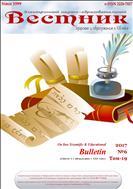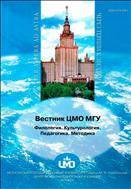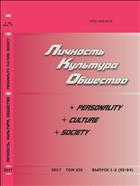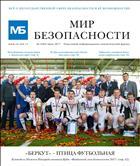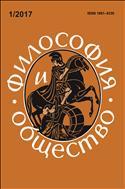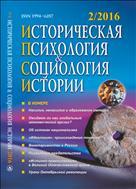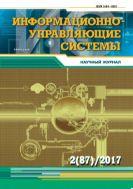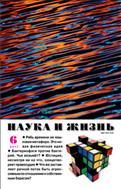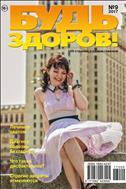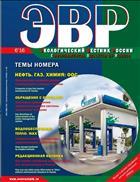Features of winter zooplankton assemblage in the central trough of the Barents SeaFeatures of winter zooplankton assemblage in the central trough of the Barents Sea 
The Barents Sea is a highly productive shelf region. Zooplankton assemblages are a key component of the carbon cycle in Arctic marine ecosystems; they transfer energy from lower trophic levels to higher levels, including larval and young commercial fish. The winter state of the zooplankton community in the Central Through and their slopes (Barents Sea) was investigated in late November 2010. Vertical structure of water layer was characterised by pycnocline located below 80 m. The upper strata were occupied by transformed Atlantic Water, while winter Barents Sea Water with negative temperatures was in the bottom strata. Total zooplankton abundance varied from 162 to 1214 individuals/m3. Biomass ranged from 88 to 799 mg wet mass/m3. Copepods dominated in terms of total zooplankton abundance (average 99%) and biomass (92%). Maximum densities of Calanus finmarchicus and Calanus glacialis were registered in the frontal zone separating warm and cold water masses. Abundances of Metridia longa and O. similis were highest in cold waters. Three groups of stations differing in terms of the common copepod composition were delineated with cluster analysis. The age structure of Calanus finmarchicus and Metridia longa was characterised by a prevalence of copepodites IV–V. Total zooplankton abundance and biomass were correlated to water temperature and salinity, suggesting that hydrological conditions were the key driver of spatial variations of the zooplankton communities. High biomass of large copepods suggests potential significance of the investigated region for feeding of young and adult fish. |
|
09.12.2024Все новости Издательства повышают цены на книгиИздательства вынуждены повысить цены на книги из-за роста стоимости полиграфии |
ПОДПИСКА НА ЖУРНАЛЫ И ГАЗЕТЫ ON-LINE1
Мы используем cookie. Это позволяет нам анализировать взаимодействие посетителей с сайтом и делать его лучше. Продолжая пользоваться сайтом, вы соглашаетесь с использованием файлов cookie.
Подробнее можно ознакомиться на странице политики конфиденциальности и политики обработки персональных данных.
© 2005-2023 Агентство «Книга-Сервис»
107996 Москва
Протопоповский пер. 19, к.17
E-mail: public@akc.ru









